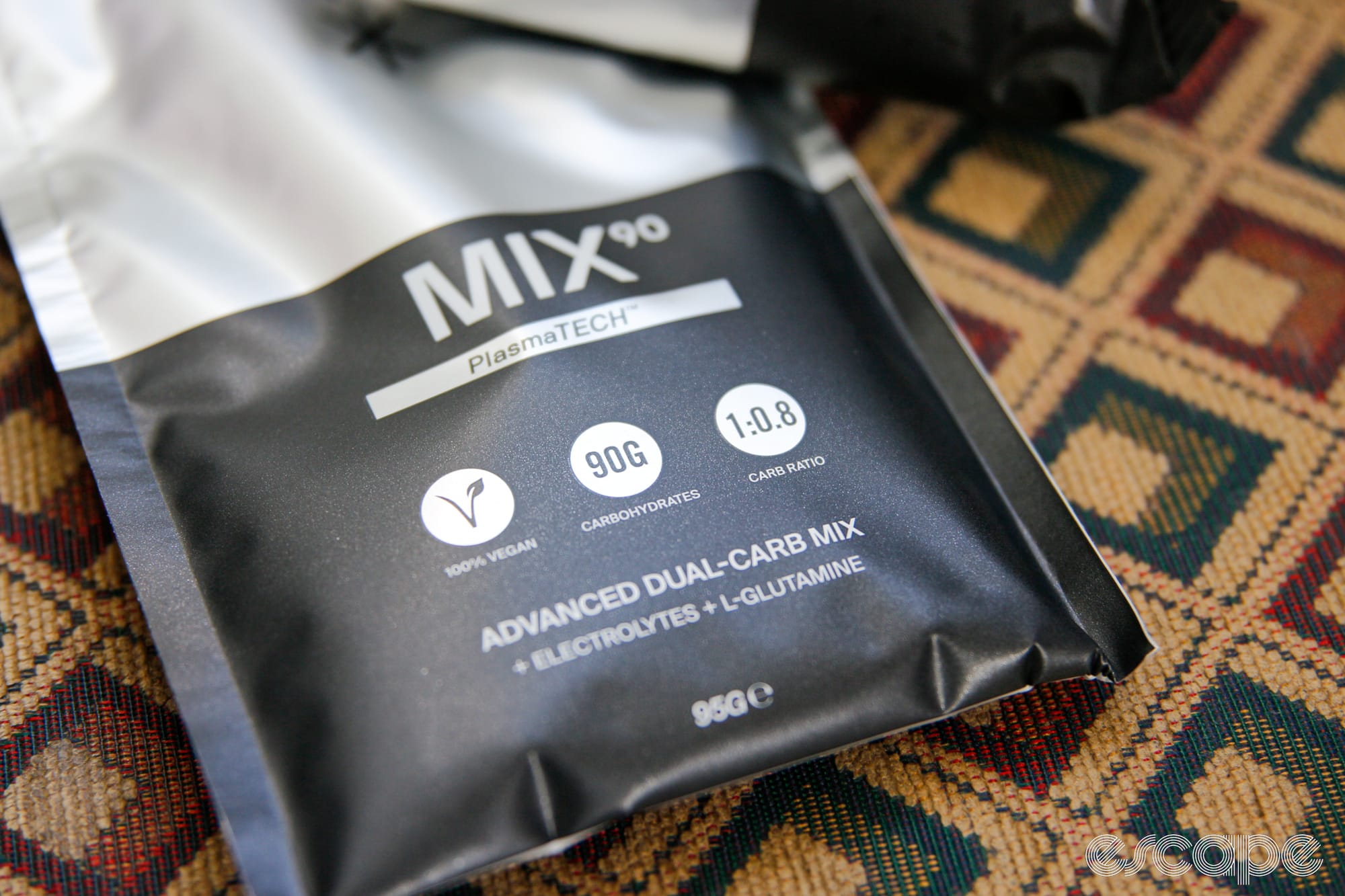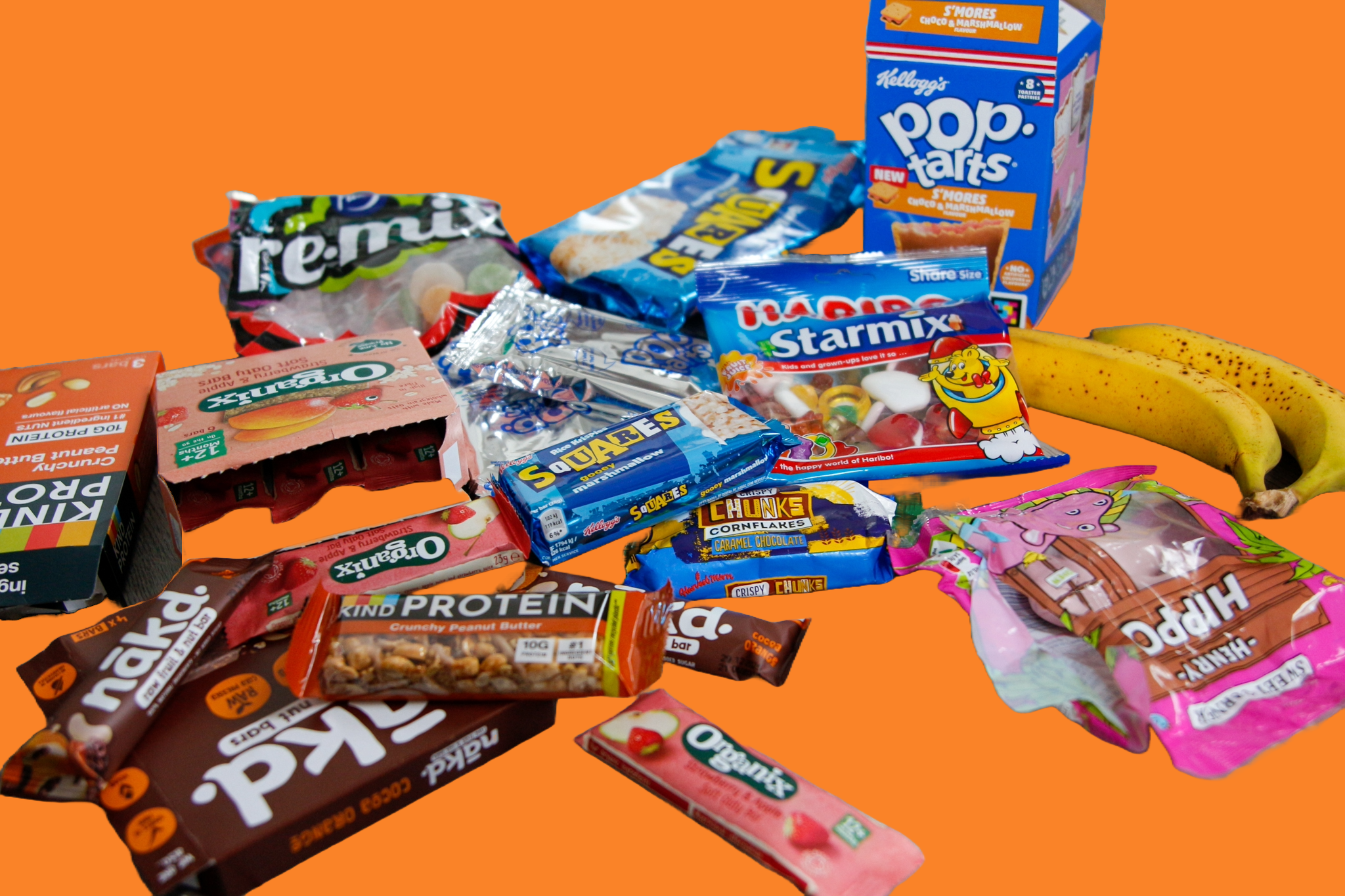When it comes to fueling a ride, supermarket snacks are the unsung heroes of the cycling world. While energy bars, gels, and hydration mixes from cycling brands have their place, there’s something oddly satisfying about a mid-ride supermarket dash. They’re often cheaper than athlete-specific energy food, come in a wide variety of flavours and textures, and are available for purchase quite literally 24/7 from service stations.
Not to mention those mid-ride supermarket dashes, stuffing your pockets with the favourite snacks after roaming around the store with dead bugs covering your face, your cycling shoes clapping against the hard, tiled flooring, attracting curious looks from the other shoppers.
While some riders swear by sports-specific nutrition, many of us happily fuel our everyday efforts with the supermarket offerings. For many of us, food is a reason to ride, and when you don’t rely on sports nutrition, there are simply so many unconventional choices to go for: cold pizza, boiled potatoes, or whatever you had lying on the counter.
But are sweets or savoury pies really good ride fuel? Should we all be reaching for jelly babies instead of gels, or is that a shortcut to a mid-ride bonk? To answer these questions, I spoke with performance nutritionist Ellen McDermott to break down how supermarket snacks stack up against sports nutrition products.
In this edition of Collective Favourites, we’ve taken a step away from the techy debates of road shoes or failing cycling computers, to the supermarket aisles and asked our tech and editorial team to share their go-to supermarket cycling snacks. And as always, we asked you, our members, to tell us yours.
What makes a great cycling snack?
As usual, before we get into our favourites, let’s talk about some aspects of a good cycling snack – and how the supermarket offerings differ from dedicated sports nutrition.
When we talk about supermarket snacks here, what we mean is on-bike nutrition that isn’t necessarily labelled for sports usage. So no gels, carb mixes, high-carb rice bars or the likes – instead, the simple things conveniently available near you: bananas, baked things, snack bars, and sweets (many of them in individual serving packages).
Supermarket snacks vs. sports nutrition
From a nutrition perspective, the biggest difference between sports-specific nutrition and supermarket snacks comes down to their actual design. According to McDermott, sports nutrition products are often formulated with precise carbohydrate ratios, easy digestibility, and minimal fiber to suit endurance athletes. "Some sports nutrition companies will have developed their products to be a very specific type of carbohydrate delivery process,” she explained. “For example, they know that they're delivering a two-to-one ratio of glucose and fructose in their specific product, or they’re minimising any fiber intake because they know that’s good for endurance athletes or high-intensity training."

But that doesn’t mean supermarket snacks can’t do the job. “To be fair, supermarket products can be very similar,” she said, and mentioned Rice Krispies Squares as an example of a cheap and effective high-carb snack. “They’re a little bit higher in fat, yes, but they are kind of very similar. The difference is that some sports-specific bars pack in a lot more carbohydrate in a single bar.”
So in essence, the trick is knowing what to look for.
Did we do a good job with this story?



